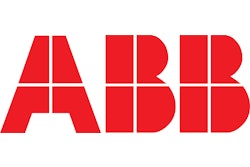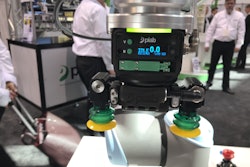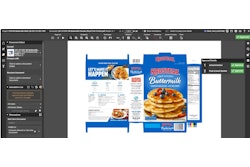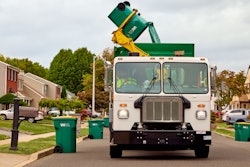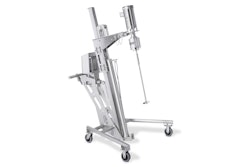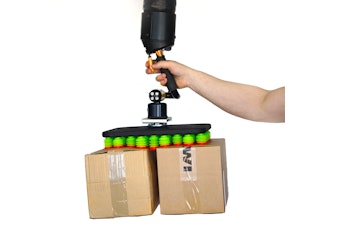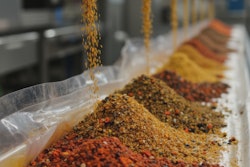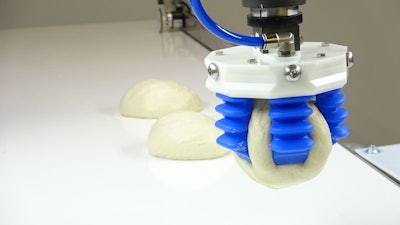
As original equipment manufacturers (OEMs) provide more monitoring as a service in the food and beverage industry, OEMs are recognizing end users demands and developing monitoring with artificial intelligence/machine modeling solutions with the help of technology partners.
A recent development between Swiss-based Bühler AG and Microsoft’s Azure Machine Learning Studio can identify mycotoxins or aflatoxins in grain processing applications. Bühler AG claims just two grains in 10,000 can contaminate an entire batch.
Bühler’s new monitoring solution, called LumoVision, is an optical sorting machine that takes pictures of individual kernels and removes contaminated maize grains. According to Microsoft, the development began with images of good and infected maize kernels via a hyperspectral camera, which adds spectral information to each pixel of an image, creating so-called 3D “hypercubes.” The detailed modeling allows Bühler to integrate this into the sorting machine and add a cost-efficient imaging system to recognize huge volumes of grains in real-time. During sorting, the contaminated grains are identified and removed by precision air ejectors.
Hands off my pizza
Another automation technology that should gain more traction in 2019 is robotic applications and the use of life-like gripper technology. A recent application from a U.K. global pizza maker demonstrates how a robotic gripper solution can increase dough-ball production without adding more engineering. ABI Ltd., a global integrator for automated bakery equipment, originally designed the dough ball production line that produced dough out of a rounder, moved it to a robotic picking area, and then placed into bins, before being moved to a freezer.
According to the pizza-dough company, the previous method of picking and placing dough included needle tools, suction cups or metal tools.
“When dealing with soft dough products, particularly proofed dough products, they have to be handled very gently,” says Aaron Burke, marketing and communications coordinator at ABI Ltd. “Otherwise, picking can leave impressions in the dough or deflate the dough,” ABI turned to Soft Robotics, Inc.’s gripper technology to remake the production line.
Soft Robotics’ core solution is a pneumatic, pick-and-place technology with human hand-like end-of-arm grippers — fingers. The gripper design can include three-grippers circular actuators, two-finger parallel or a traditional six-finger parallel on a universal mounting plate. The end-of-arm tooling control unit connects to the robot controller and then relies on the company’s Development Kit to further customize applications.
The system integrator recommended ABB FlexPicker Delta robots with maximum pick rates in the 120- to 140-piece/min. range. The dough production line employs four robots and relies on 3-D vision sensing at the start of the conveyor system to aid the robotic picking and placing of various pizza dough sizes.
“The fingers spread — five fingers — wide enough for the largest dough balls," says Burke. "But, when the system recognizes the smaller product, it squeezes a little tighter, based on the amount of air pressure flowing into the gripper. We were able to find a combination that can handle three or four different sizes of product with the same end-of-arm tooling.”
The new end of arm tooling achieves a final production rate over 70 items per minute, for a total per hour production of 4,200 per robot. With that kind of production results and quick robot integration, this technology should make more headlines in 2019.
To learn more about the latest food and beverage processing technologies, join 7,000 of your peers across all food and beverage processing markets at ProFood Tech, March 26-28 in Chicago. See machinery, automation and controls and solutions in action from 450 top manufacturers.




